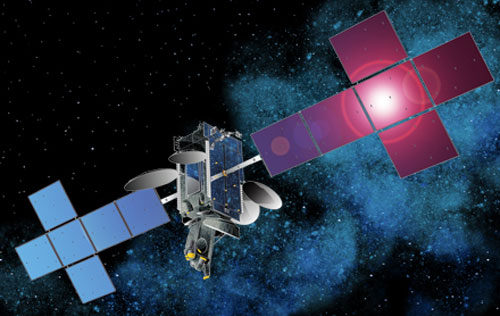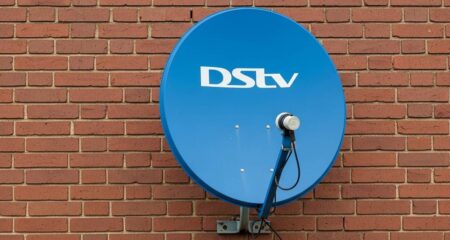
Assuming there are no launch delays or other problems, DStv operator MultiChoice will switch to a new orbital satellite in 2012 on which it has secured significantly more capacity for new channels and high-definition broadcasts.
The Intelsat 20 (IS-20) satellite will replace two satellites, IS-7 and IS-10, currently sitting at the 68,5degE orbital location above the Maldives. MultiChoice broadcasts DStv to markets in sub-Saharan Africa using the IS-7 satellite, which will be moved to a new orbital location.
MultiChoice chief technology officer Gerdus van Eeden says he expects Intelsat to launch IS-20, which has a design life of 15 years, by the end of the second quarter of 2012, though the precise launch date for the satellite will only be known closer to the time.
If something were to go wrong with the launch of IS-20, MultiChoice would continue using the IS-7 satellite. However, both IS-7 and IS-10 will eventually be moved into an “inclined orbit”, which is not suited to satellite television services as ground-tracking equipment is then required.
IS-20, which is being manufactured in Palo Alto in California by Space Systems Loral, has 24 C-band and 60 Ku-band transponders.
MultiChoice will use the Ku band for direct-to-home television services. It will be launched on an Ariane rocket from French Guiana in South America.
Van Eeden says MultiChoice has acquired “significantly more capacity” on IS-20, but declines to say how much for competitive reasons. The company is known to be running low on capacity on IS-7, especially as it launches more HD channels. DStv now has six HD channels, which typically require three times the bandwidth of their standard-definition counterparts.
IS-20 will allow MultiChoice to offer more HD channels and to “simulcast” channels in both HD and SD. “M-Net HD is already a simulcast of M-Net, and the same applies with SuperSport 3,” Van Eeden says. “I see that expanding and the new satellite will allow us to do more of that.”
However, he says the business case for aggressively rolling out new HD services is not clear because it’s difficult to recoup the cost of the additional bandwidth that is required.
He explains that the cost of satellite bandwidth doesn’t follow the same downward trajectory as on terrestrial systems. “Satellite bandwidth prices are pretty constant and we sign very long leases, which govern the pricing. You essentially pay the same over time.” — Duncan McLeod, TechCentral
- Subscribe to our free daily newsletter
- Follow us on Twitter or on Google+ or on Facebook
- Visit our sister website, SportsCentral (still in beta)




